
DHA stands up first four health care markets
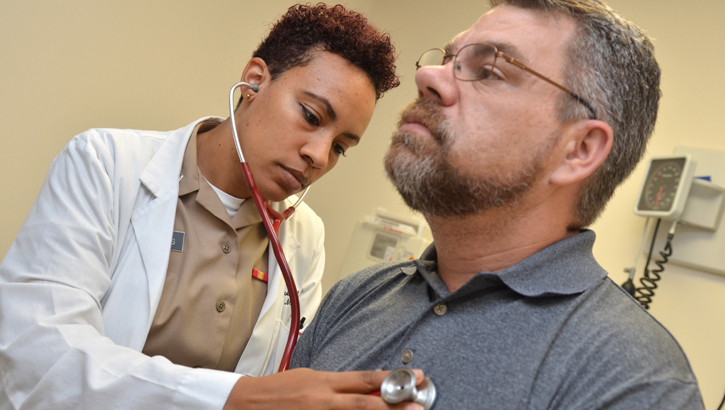
By standardizing care and administrative functions within military medical facilities, DoD seeks to create a more medically ready force; one that provides safe, high-quality health care to service members, their families, and retirees and ensures the readiness of medical personnel who provide that care. (U.S. Navy photo by Petty Officer 1st Class Jacob Sippel)
The Defense Health Agency is changing the way military hospitals and clinics are managed Jan. 30 when facilities in four regions within the United States will become the first military medical markets aligned by geographic location. The new markets include hospitals and clinics in the National Capital Region (Washington, D.C., southern Maryland, and northern Virginia), Jacksonville, Florida; the Mississippi coast (Biloxi-Gulfport-Pascagoula); and Central North Carolina (Fayetteville). Each market will share patients, staff, budgets, and many other functions across facilities to optimize readiness and the delivery and coordination of health services.
DHA will eventually establish 21 markets where DoD has large concentrations of facilities and patients. Markets will be centered on large medical centers, establishing centers of excellence for specialty care that meet the needs of beneficiaries across their regions.
Under this system, market leaders will now be responsible for managing all health care delivery within their geographic region. By standardizing care and administrative functions within military medical facilities, DoD seeks to create a more medically ready force; one that provides safe, high-quality health care to service members and their families and ensures the readiness of medical personnel who provide that care.

The Defense Health Agency will eventually establish 21 markets where DoD has concentrations of medical facilities and patients. Markets will be centered on large medical centers, establishing centers of excellence for specialty care that meet the needs of beneficiaries across their regions.
Alignment by market will allow hospitals and clinics to be more effective by eliminating duplicative processes and streamlining management functions. Market leaders will continue working with managed care support contractors and community partners, such as the Department of Veterans Affairs and the private sector.
This effort is driven by Section 702 of the Fiscal Year 2017 National Defense Authorization Act (FY17 NDAA) and subsequent guidance provided by Congress in 2018, 2019, and 2020 that directed the Military Health System to reorganize, redefining the roles of the military departments and DHA in the administration and management of hospitals and clinics. The military departments are working to transition administrative responsibility of all hospitals and clinics to DHA by September 2021.
As the single agency in charge of medical facilities in the four initial markets, DHA will create a more integrated, efficient, and effective system of medical readiness and health care delivery. That system will spread across additional military treatment facilities when DHA stands up new market offices this year.
Learn more about the MHS transformation to a market-based system.
Army Medicine senior leaders meet to map out medical transformation
Article
1/31/2020
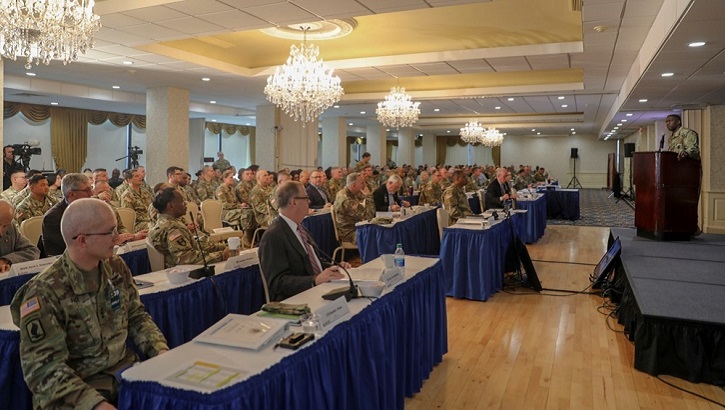
Since World War II, of 18 studies on the military health services, almost all recommended consolidating the three into a single health care organization
Army, FDA discuss 3D printing at workshop
Article
1/21/2020
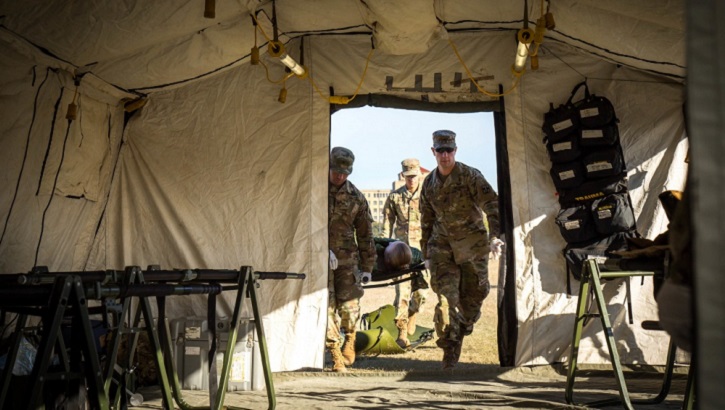
Army medical logisticians are looking to 3D printing as a potential solution to this challenge
MHS Minute January 2020
Video
1/21/2020

Thanks for tuning in to the *NEW* MHS Minute! Check back each month to learn about more exciting events and achievements by organizations and partners across the Military Health System!
Transition spotlight: Air Force Medical Service, part 2
Article
1/16/2020

Two officers speak about standing up DHA’s new capabilities to manage MTFs, ensuring the process is as smooth as possible for personnel and patients
DHA director visits Colorado, discusses medical transition
Article
1/15/2020

Colorado Springs currently exists in an enhanced multi-service market
Transition spotlight: Air Force Medical Service
Article
1/13/2020
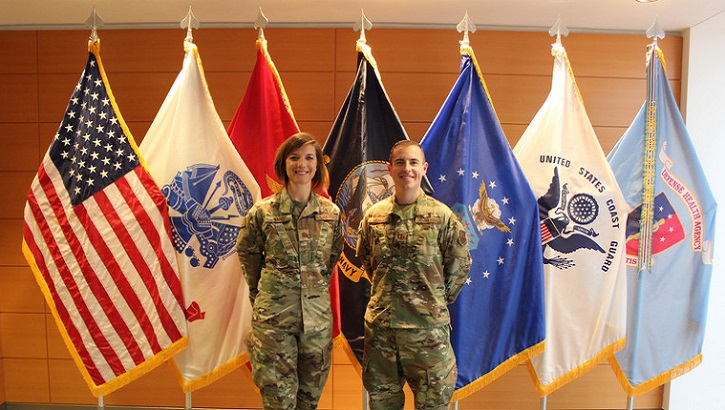
Two Airmen deeply are involved with the process of standing up DHA’s new capabilities to manage MTFs
U.S. Transportation Command: DoD’s manager for global patient movement
Article
1/9/2020
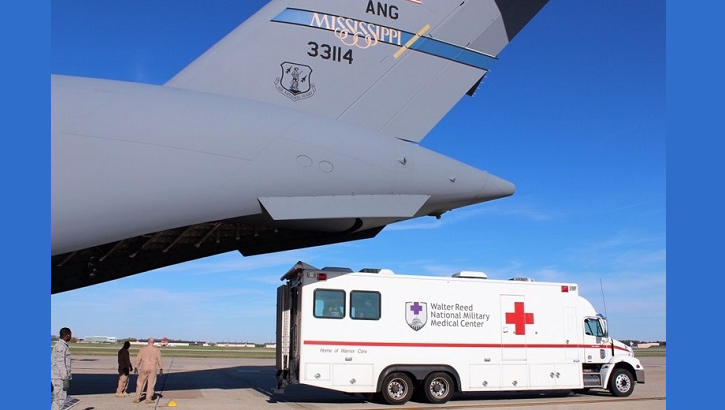
On a weekly basis, USTRANSCOM moves up to 40 patients from overseas to CONUS
Navy Medicine demonstrates Virtual Health options to Africa
Article
1/6/2020
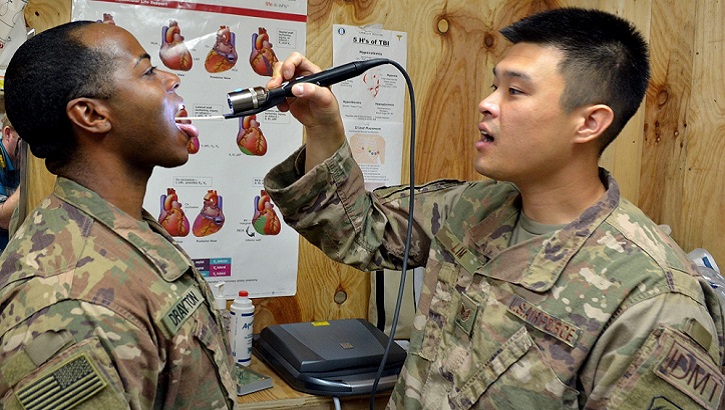
Djibouti hosts the largest U.S. American military base on the African continent
Achievements in 2019 provide strong foundation for year ahead
Article
12/23/2019
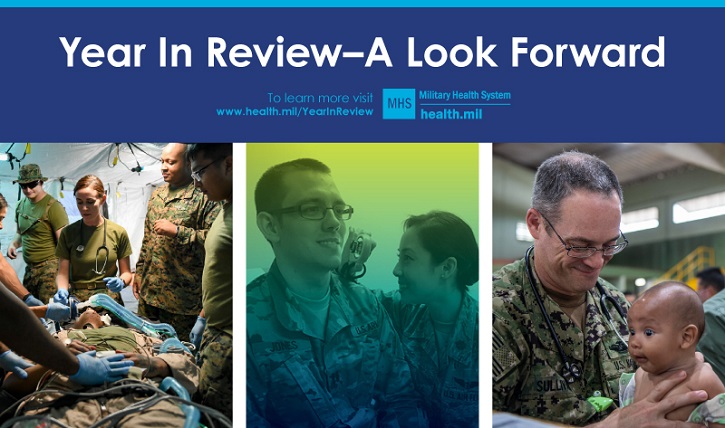
Dedication, commitment to mission praised as changes continue
DHA PI 6025.10: Change 1: Standard Processes, Guidelines, and Responsibilities of the DoD Patient Bill of Rights and Responsibilities in the Military Health System (MHS) Military Medical Treatment Facilities (MTFs)
Policy
This Defense Health Agency-Procedural Instruction (DHA-PI), based on the authority of References (a) through (d), and in accordance with the guidance of References (e) through (t), establishes the Defense Health Agency’s (DHA) procedures to begin standard processes and guidelines for the Patient’s Bill of Rights and Responsibilities, Reference (e)), in MTFs.
- Identification #: DHA PI 6025.10
- Date: 12/20/2019
- Type: DHA Procedural Instruction
- Topics: Military Hospitals and Clinics
Air Force, Army medics save groom
Article
12/19/2019
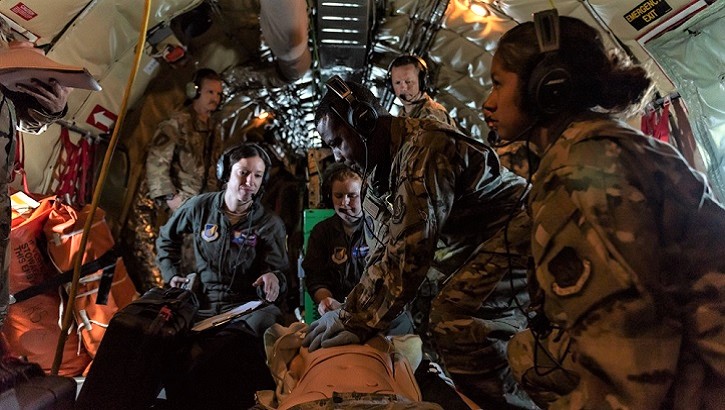
NCO’s first aeromedical evacuation mission was definitely challenging
Payne visits service members, facilities in Puget Sound
Article
12/18/2019
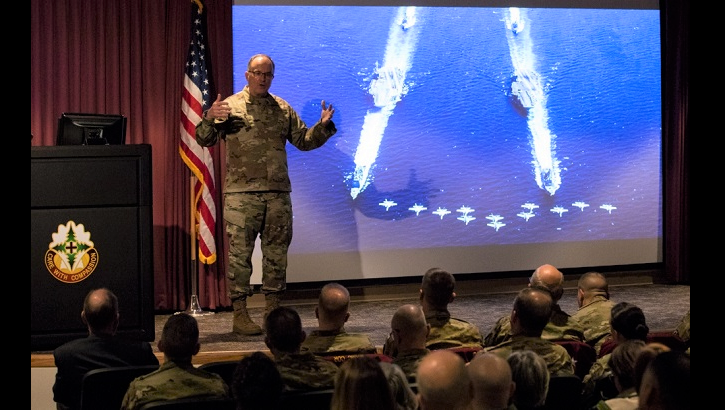
Effective combat power depends on military health’s ability to build a medically ready force
DHA transition discussion hosted at Naval Hospital Bremerton
Article
12/12/2019
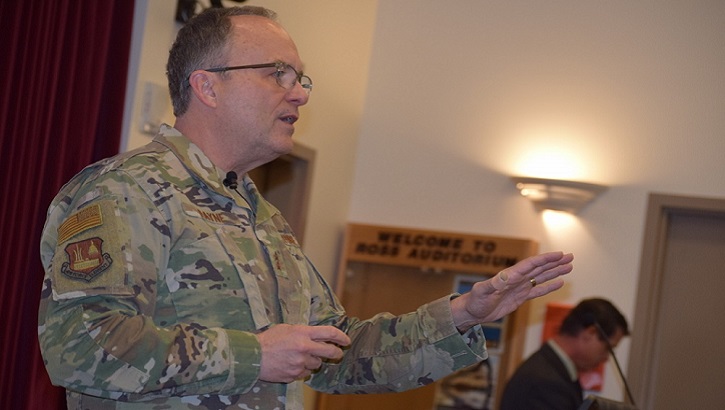
The most important outcome for us is a medically ready force
Changes to military health care system aimed at readiness
Article
12/6/2019
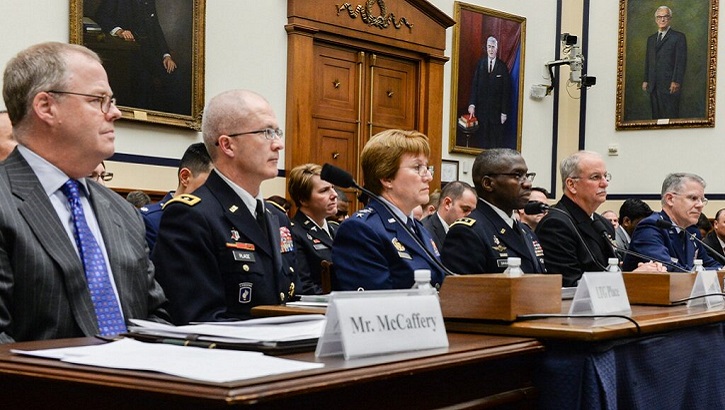
Merger of all hospitals and clinics to DHA a key step
Keesler renovates cardiac cath lab to provide better, safer care
Article
12/5/2019
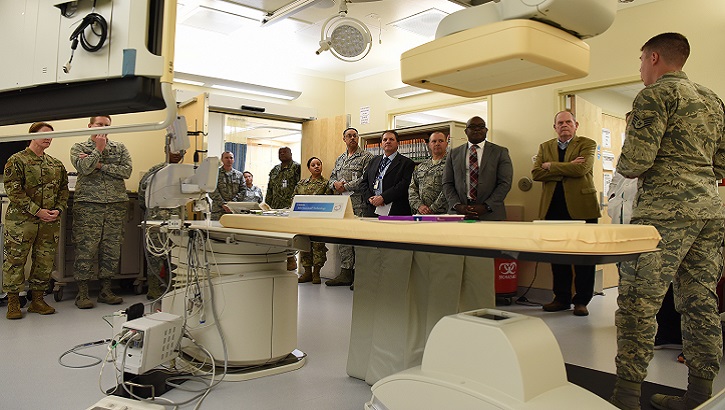
The clinic also has a joint DoD – VA partnership





















.png)









No hay comentarios:
Publicar un comentario